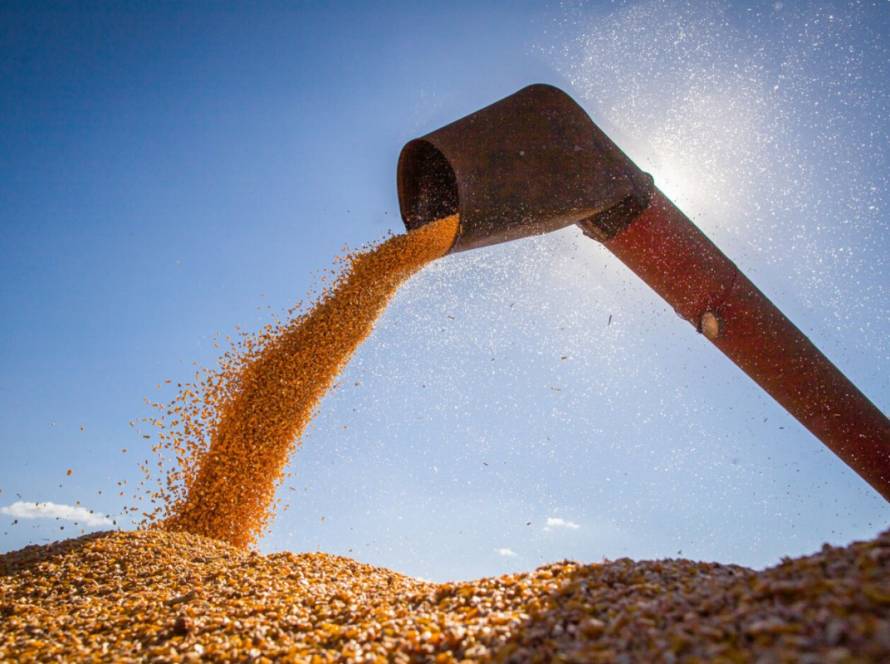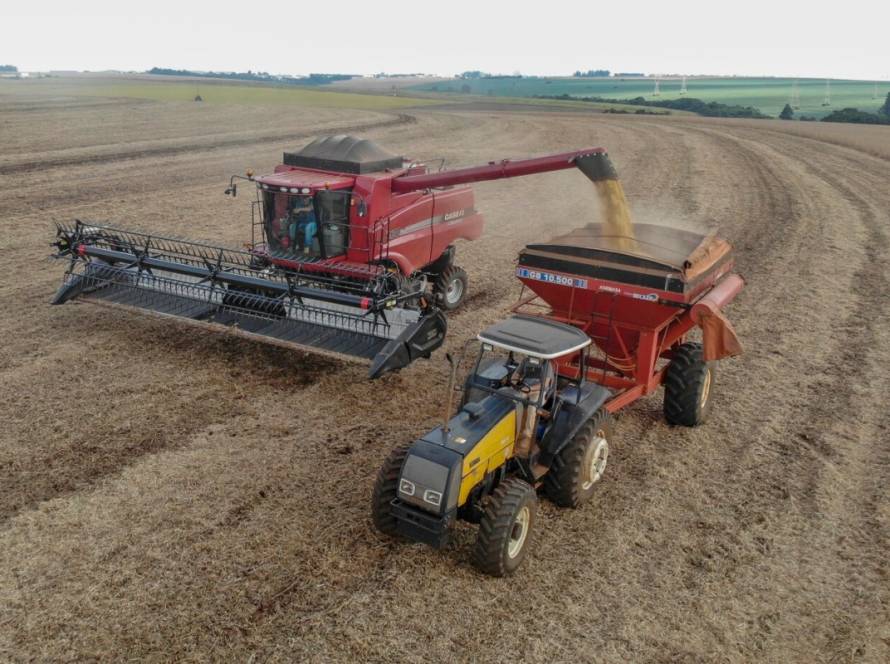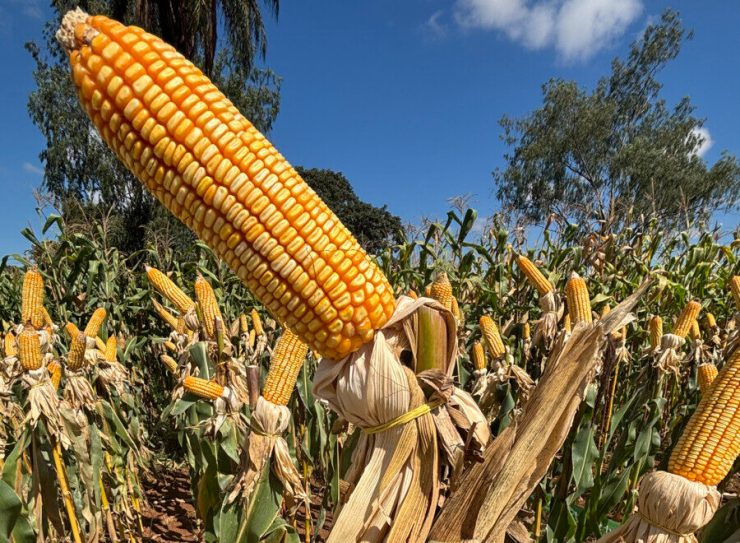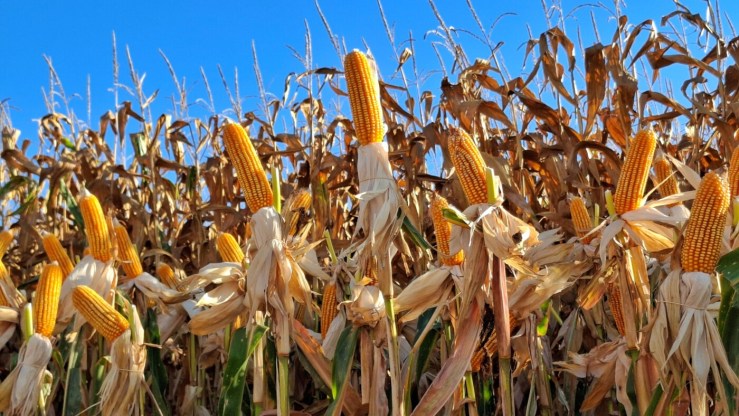
The 2024/2025 Brazilian soybean harvest was consolidated with a record volume of 168.25 million tons, according to the June update from StoneX, a global financial services company that has a team specialized in the grains market.
With the harvest already completed, the latest adjustments were marginal, with emphasis on the small decline in production in Piauí, where losses were recorded as a result of drier weather in February, due to the dry spell – a period that was warmer than average. “Despite the record, the cycle was marked by climate losses that limited the production potential in this cycle, with emphasis on losses in Rio Grande do Sul. In numbers, productivity in Rio Grande do Sul was 2.13 tons per hectare, while the national average was 3.56 tons per hectare”, explains Ana Luiza Lodi, Market Intelligence specialist at StoneX.

Market Intelligence Specialist at StoneX, Ana Luiza Lodi: “Despite the record, the cycle was marked by climate losses that limited the production potential in this cycle, with the losses in Rio Grande do Sul standing out. In numbers, productivity in Rio Grande do Sul was 2.13 tons per hectare, while the national average was 3.56 tons per hectare.”
In the supply and demand balance, there were no significant changes other than the slight cut in production. Exports, according to Ana Luiza, should reach 107 million tons, with domestic consumption projected at 60 million. “These volumes should result in final stocks for the 2024/25 harvest of 4.45 million tons and a stock/use ratio of 2.66%”, she highlights.
Final development phase and start of the 'safrinha' harvest bring good prospects for corn
Regarding the second corn harvest, StoneX brought another increase in the production estimate, which went from 104.3 to 106.1 million tons.

Market Intelligence Analyst at StoneX, Raphael Bulascoschi: “With the start of the harvest, the results of the second crop will be consolidated, but the climate is still on the radar, with crops planted later going through important phases”
The higher expected yield was what motivated the upward revision of production, with increases in the Central-West and in Paraná and São Paulo. “With the start of the harvest, the results of the second crop will be consolidated, but the climate is still on the radar, with crops planted later going through important phases”, ponders the Market Intelligence analyst at StoneX, Raphael Bulascoschi.
This increase in production of the second harvest took the national total for the 24/25 cycle to 134 million tons (compared to 132.4 million last month), also considering the production of just over 2 million tons in the third harvest.
The first corn harvest suffered a small decline of 0.9% compared to last month, reaching 25.7 million tons.
Supply and demand
With the expected increase in the second crop and total production reaching 134 million tons, the supply of corn should be more than enough to meet domestic consumption and exports. “Regarding domestic consumption, the estimate was revised from 87 to 89 million tons due to the growth of the corn ethanol segment, which continues to be quite buoyant,” concludes Bulascoschi.





